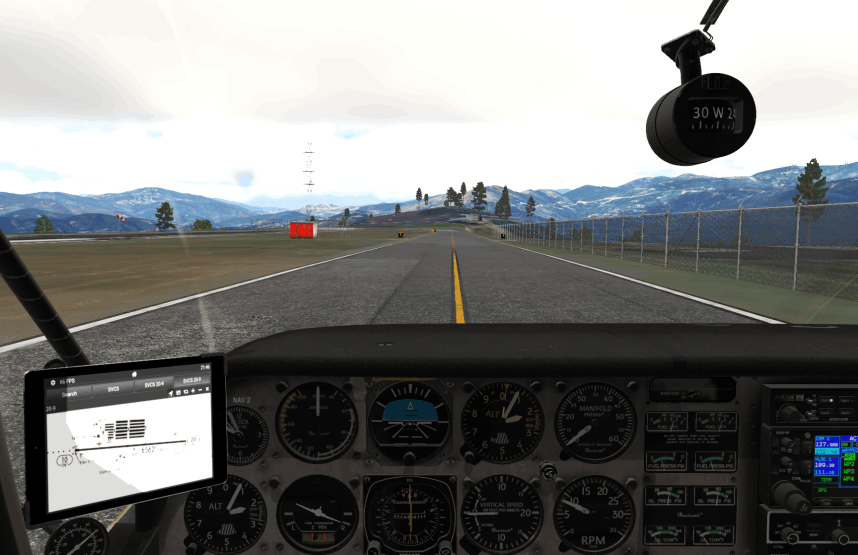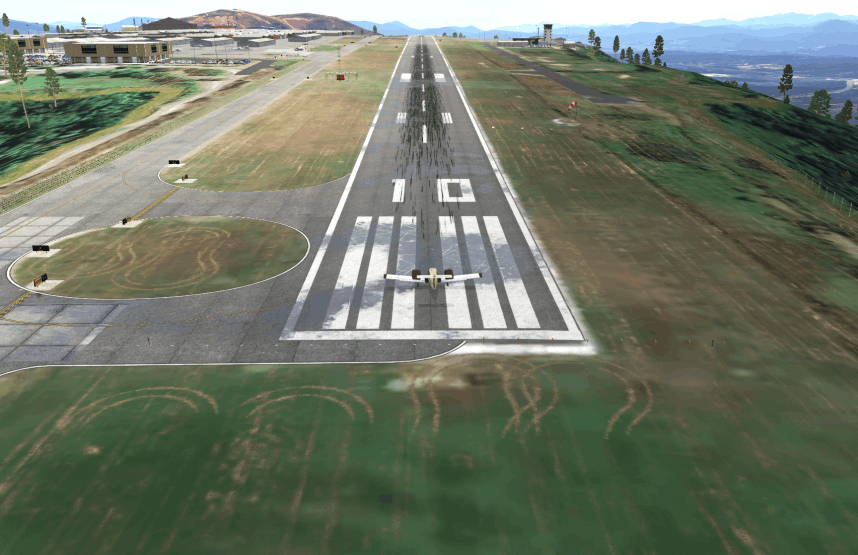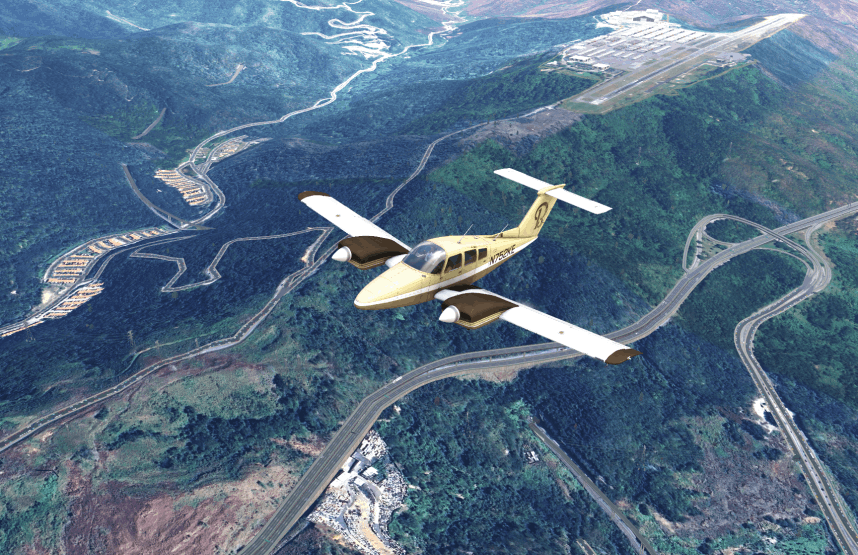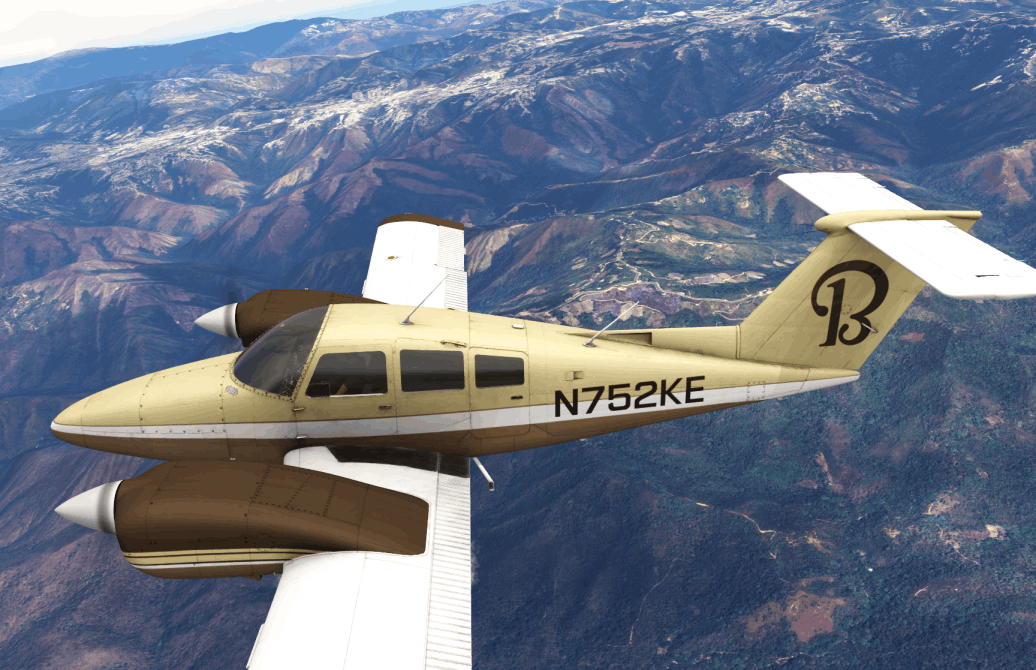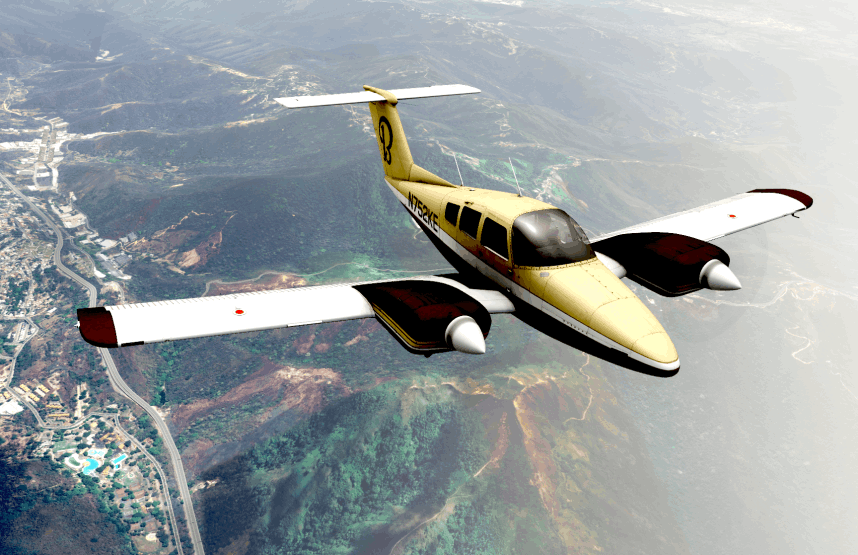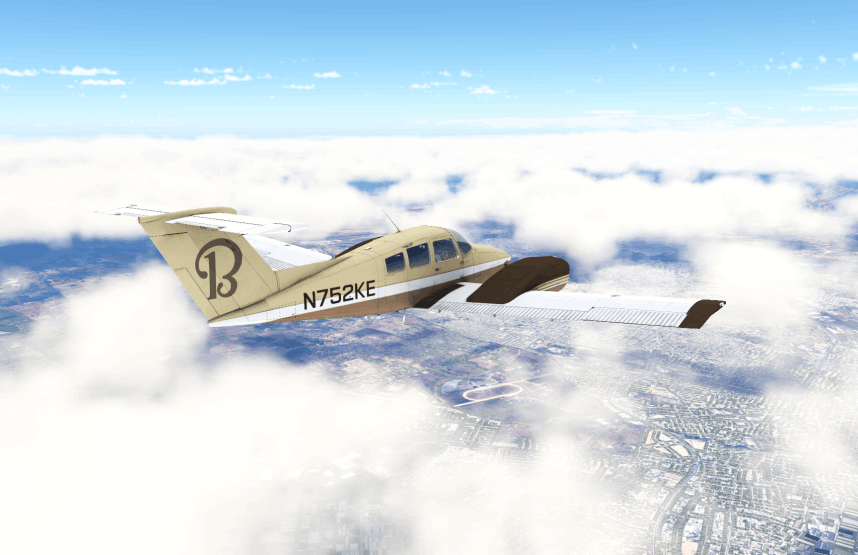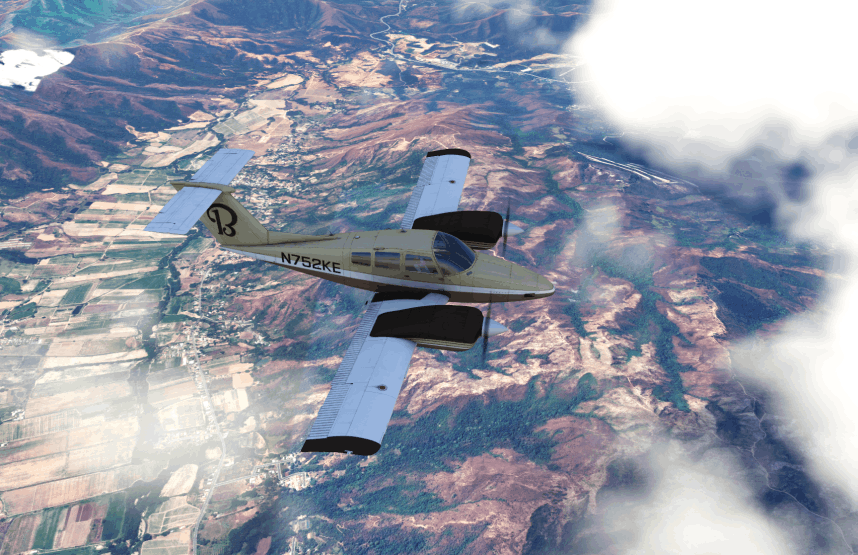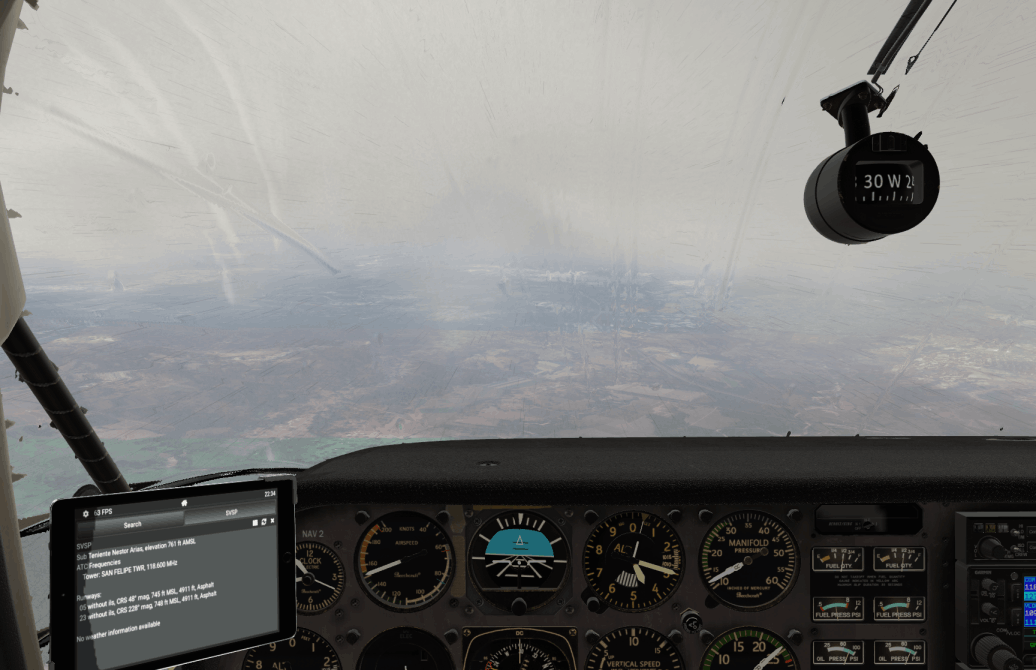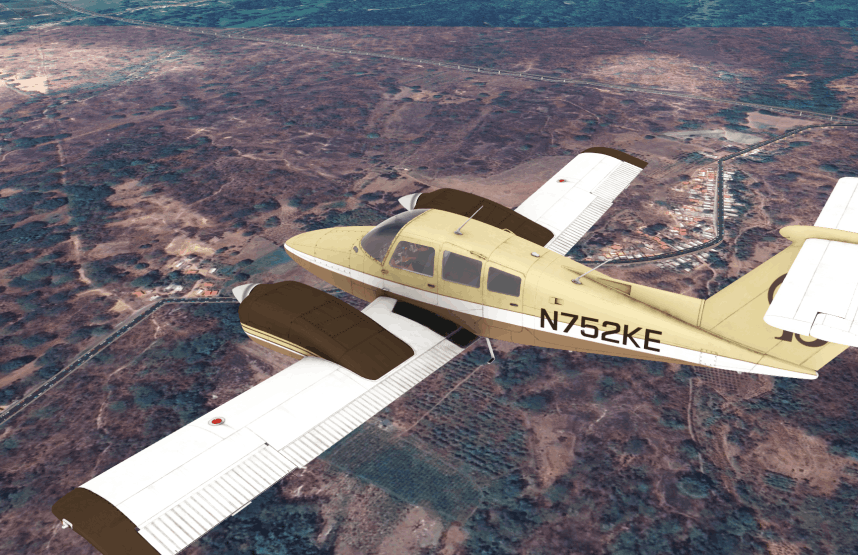
Wanda is ready to roll on her final leg inside of Venezuela.
Wanda and I spent three lovely evenings in Charallave. She was treated to a first class view from her nice parking space provided by FSEconomy's 'Sociedad de Tareros de Venezuela - El Caracas' FBO. I was treated to fantastic food, local art galleries & plenty of dancing with the interesting Mirandan women. I received several marriage proposals, but politely declined, trying to be as gentle as possible.
I was in a similar situation when living in Dubai, but with respect to Iranian women. Venezuelan and Iranian women have very little opportunities to improve their lives, with one of the best being to marry a foreigner with a good passport. I'll never forget a man offering me $100,000 to marry his wife while we were sitting in a rooftop jacuzzi near DXB airport. The world can be a sad place.
Anxious to begin my Caribbean leg, I debated whether I should fly the 400 miles direct to Aruba or take one more paying job in Venezuela. My practical prefrontal cortex chose to chauffeur three more FBO passengers to the final stop in Venezuela, San Felipe.

